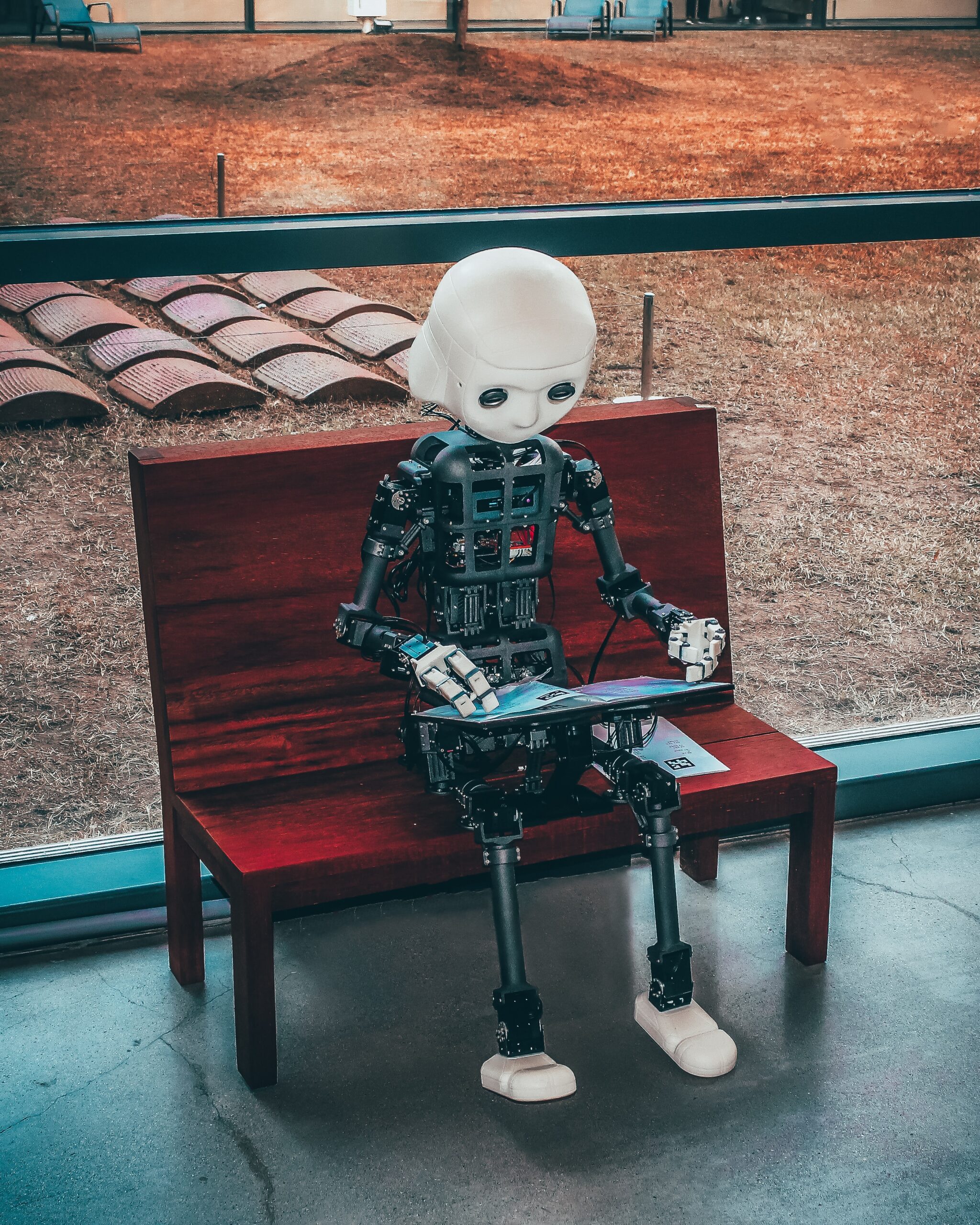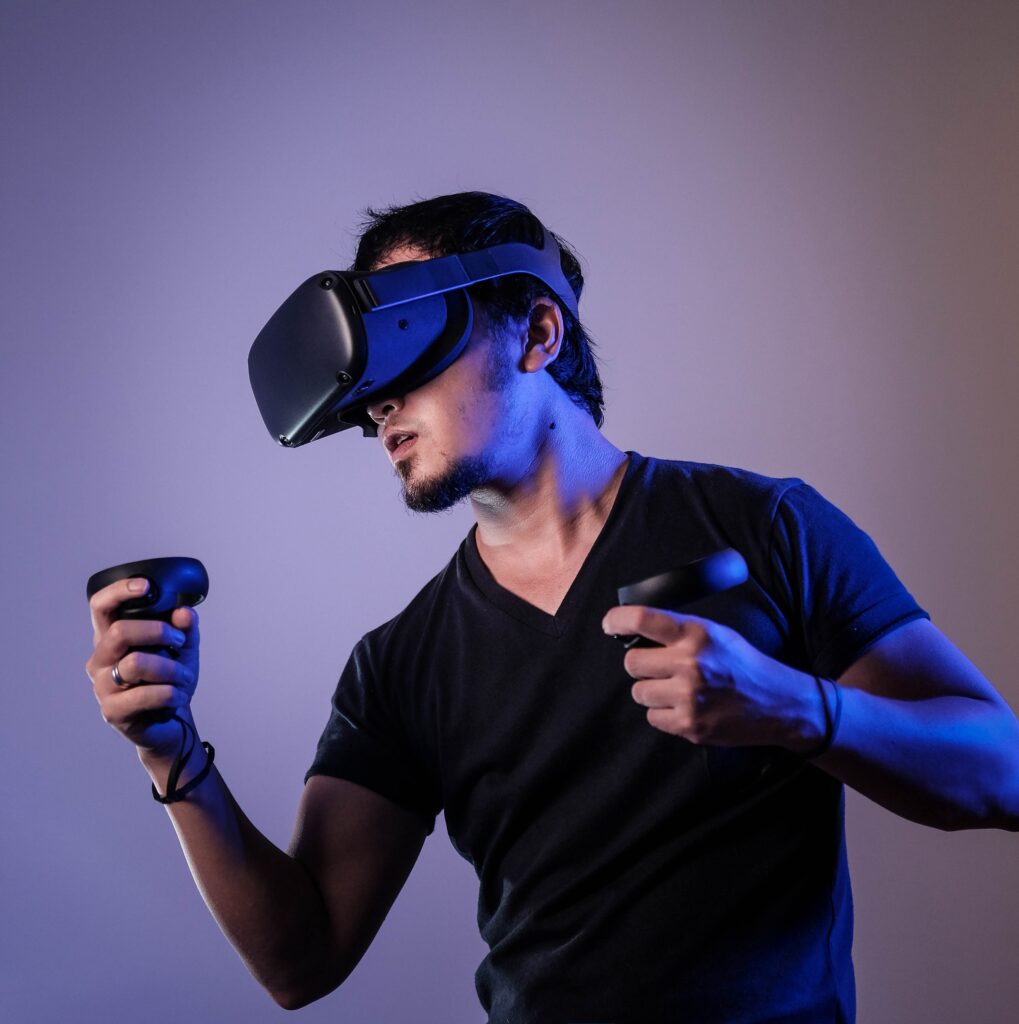
In this article, you will explore the fascinating journey of Artificial Intelligence (AI) as it has evolved over time. From its humble beginnings to its current state, AI has come a long way in transforming various aspects of our lives. We will delve into the key milestones and breakthroughs that have shaped the field of AI, from the first rudimentary computer programs to modern-day machine learning algorithms. Get ready to immerse yourself in the captivating world of AI and understand how this technology has revolutionized industries and continues to push the boundaries of what is possible.
The Early Beginnings of Artificial Intelligence
The Birth of Artificial Intelligence
The concept of artificial intelligence (AI) originated in the 1950s, when scientists and researchers began exploring the possibility of creating machines that could mimic human intelligence. This marked the birth of a revolutionary field that would eventually change the world as we know it.
The Dartmouth Conference
In the summer of 1956, a group of researchers, including John McCarthy, Marvin Minsky, and Allen Newell, gathered at Dartmouth College to discuss the potential of artificial intelligence. This historical conference set the stage for future advancements in AI by bringing together experts from various disciplines, where they brainstormed and laid the foundation for AI as a field of study.
The First AI Programs
Following the Dartmouth Conference, researchers began developing the first AI programs. These early programs focused on problem-solving and logic, aiming to create machines capable of performing tasks that required intelligence. Examples include the Logic Theorist, developed by Newell and Herbert A. Simon, which was able to prove mathematical theorems.
The Rise of Expert Systems
In the 1970s and 1980s, AI saw a significant development with the rise of expert systems. Expert systems were designed to replicate the knowledge and decision-making abilities of human experts in specific domains. These systems utilized rule-based reasoning to solve complex problems and provided a glimpse into the potential of AI in various industries such as healthcare and finance.

Machine Learning and Neural Networks
The Emergence of Machine Learning
As AI progressed, machine learning emerged as a key component. Machine learning focuses on developing algorithms that allow machines to learn and improve from experience, without being explicitly programmed. This marked a shift from rule-based systems to systems that can adapt and improve over time.
Neural Networks – Mimicking the Human Brain
Neural networks, inspired by the structure and function of the human brain, played a pivotal role in machine learning. These interconnected layers of artificial neurons are capable of processing and analyzing vast amounts of data, enabling machines to recognize patterns and make predictions. The development of neural networks opened up new possibilities for AI, particularly in areas such as image and speech recognition.
The Backpropagation Algorithm
Backpropagation, a key breakthrough in neural network training, was developed in the 1980s. This algorithm allowed for the adjustment of the weights in a neural network based on the difference between predicted and actual outputs. Backpropagation revolutionized the field of neural networks, making it possible to train deeper and more complex networks.
Deep Learning Revolution
In recent years, deep learning has emerged as a powerful subset of machine learning. Deep learning architectures, such as convolutional neural networks (CNNs) and recurrent neural networks (RNNs), have achieved remarkable success in various tasks, including image classification, natural language processing, and speech recognition. The deep learning revolution has propelled AI to new heights and continues to drive innovation in the field.

Natural Language Processing and Speech Recognition
Early Developments in NLP
Natural Language Processing (NLP) focuses on enabling computers to understand and interact with human language. In the early stages, NLP algorithms relied on rule-based systems, which had limitations in handling complex linguistic nuances. However, as AI advanced, statistical methods and machine learning techniques were employed to improve the accuracy and efficiency of NLP systems.
The Turing Test and ELIZA
The Turing Test, proposed by renowned mathematician and computer scientist Alan Turing in 1950, became a significant milestone in AI. The test challenges a machine’s ability to exhibit human-level intelligent behavior, particularly in conversation. ELIZA, an early chatbot developed in the 1960s, brought this idea to life by simulating a Rogerian psychotherapist. Although ELIZA relied on simple pattern matching techniques, it demonstrated the potential of AI in natural language understanding.
Statistical Language Processing
The advent of statistical language processing in the 1990s revolutionized NLP. Rather than relying solely on rules, statistical models leveraged large language corpora to infer linguistic patterns and probabilities. This approach led to significant advancements in machine translation, sentiment analysis, and information extraction, making NLP more robust and effective in real-world applications.
Advancements in Speech Recognition
Speech recognition has always been a challenging aspect of AI. However, with the advancements in machine learning and deep learning, significant progress has been made in this field. Modern speech recognition systems utilize deep neural networks and sophisticated algorithms to accurately transcribe spoken language, enabling applications such as voice assistants and automated transcription services.

Computer Vision and Image Recognition
The Introduction of Computer Vision
Computer vision aims to enable machines to understand visual information from images or videos, similar to how humans perceive the visual world. The introduction of computer vision in AI opened up new possibilities for applications such as autonomous vehicles, surveillance systems, and medical imaging. By extracting meaningful features and patterns from visual data, machines can make accurate predictions and perform complex tasks.
Image Recognition Techniques
Image recognition techniques play a crucial role in computer vision, allowing machines to identify and classify objects within images. Traditional methods relied on handcrafted features and algorithms, which had limitations in handling variations in lighting, angle, and scale. However, with the advent of deep learning, convolutional neural networks (CNNs) have proven to be highly effective in image recognition, achieving near-human accuracy in tasks such as object detection and image classification.
Object Detection and Classification
Object detection and classification are fundamental tasks in computer vision. Object detection algorithms localize and identify multiple objects within an image, while classification algorithms assign a label to each detected object. Deep learning techniques, such as region-based CNNs and one-shot learning, have significantly improved the accuracy and robustness of object detection and classification systems, leading to advancements in autonomous driving, facial recognition, and augmented reality.
Deep Learning in Computer Vision
Deep learning has revolutionized computer vision by enabling machines to extract high-level features and learn representations directly from raw visual data. Convolutional neural networks (CNNs) have become the backbone of modern computer vision systems, surpassing traditional methods in various tasks. CNNs can not only recognize and classify objects but also generate captions, perform image segmentation, and even create realistic images. The application of deep learning in computer vision continues to evolve, with ongoing research in areas such as 3D vision and video understanding.

Robotics and Embodied AI
Robotics – Extending AI into the Physical World
Robotics involves designing and developing physical machines capable of performing tasks autonomously or with human assistance. By combining AI techniques with mechanical engineering, robotics aims to create intelligent systems that can interact and operate in the physical world. Robotics expands the boundaries of AI, blending perception, decision-making, and action to create embodied intelligence.
Early Robotics Research
Early research in robotics focused on basic locomotion and manipulation tasks. Examples include the Stanford Cart, a self-driving vehicle, and the Shakey robot, which demonstrated rudimentary navigation and object manipulation abilities. These early robots laid the foundation for future advancements in robotics, serving as proof of concept for the integration of AI and physical machines.
Reinforcement Learning in Robotics
Reinforcement learning has emerged as a crucial approach in robotics, enabling machines to learn from interactions with their environment to maximize rewards. By trial and error, robots can acquire skills and adapt their behavior to achieve specific goals. This has led to significant progress in areas such as robotic grasping, locomotion, and even complex tasks like playing games and solving puzzles.
The Future of Embodied AI
The future of embodied AI holds tremendous potential. As robotics and AI advance further, we can expect to see robots playing more significant roles in various industries, such as healthcare, manufacturing, and space exploration. With advancements in sensor technology, machine learning algorithms, and hardware capabilities, robots will become more adaptable, versatile, and capable of interacting with humans seamlessly.

Ethics and Future Implications
Ethical Considerations in AI
As AI continues to advance, ethical considerations become increasingly important. Key questions arise about the responsibility and accountability of AI systems. The ethical implications of AI range from privacy concerns and biased algorithms to potential misuse of AI in surveillance or autonomous weapons. It is crucial to establish guidelines and regulations to ensure AI is developed and deployed responsibly, taking into account the impact on individuals, society, and the environment.
Bias and Fairness
AI systems are not immune to biases and prejudices that may exist within the data used to train them. Biased data can lead to discriminatory outcomes, perpetuating existing social inequities. It is vital to actively address bias in AI systems, ensuring fairness, transparency, and accountability throughout the development and deployment process. This includes diversifying the datasets, thorough testing, and ongoing monitoring to mitigate bias and ensure equitable outcomes.
Job Displacement and Automation
The rise of AI and automation has raised concerns about job displacement and its socio-economic consequences. As machines become increasingly capable of performing tasks traditionally done by humans, certain jobs may become obsolete. However, it is important to note that AI also creates new job opportunities, often requiring unique human skills that complement and collaborate with AI systems. Preparing the workforce through reskilling and upskilling becomes essential for a smooth transition and to harness the benefits of AI.
Superintelligence and Existential Risks
As AI progresses, the possibility of superintelligence, where machines surpass human capabilities, becomes a topic of debate. Superintelligent machines could potentially pose existential risks if their goals do not align with human values. Ensuring the development of AI systems with robust safety measures, aligning with human values, and exploring ethical frameworks becomes crucial to avoid unintended consequences and safeguard humanity’s future.
In conclusion, the evolutionary path of artificial intelligence has been a fascinating journey filled with groundbreaking discoveries, technological advancements, and ethical considerations. From the early beginnings of AI to the emergence of machine learning, natural language processing, computer vision, robotics, and beyond, AI has transformed various industries and continues to shape our society. With responsible development and ongoing research, AI holds immense potential for solving complex problems, improving efficiency, and enhancing the quality of life. It is essential to navigate the ethical challenges and ensure AI technologies are developed with the well-being of humanity in mind. As the field of AI evolves, the future promises exciting possibilities and opportunities that will shape the world for generations to come.



